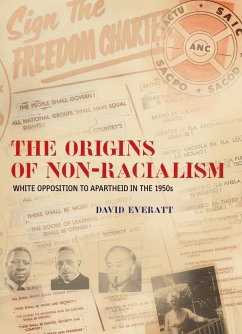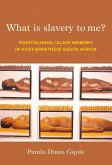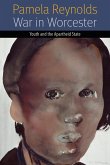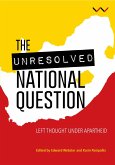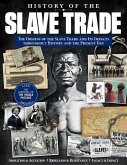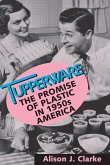How did South Africa embrace "non-racialism"? After centuries of white domination and decades of increasingly savage repression, freedom came to South Africa far later than elsewhere in the continent - and yet was marked by a commitment to non-racialism. Nelson Mandela's Cabinet and government were made up of women and men of all races, and many spoke of the birth of a new 'Rainbow Nation'. How did this come about? How did an African nationalist liberation movement resisting apartheid - a universally denounced violent expression of white supremacy - open its doors to other races, and whites in particular? And what did non-racialism mean? This is the real 'miracle' of South Africa: that at the height of white supremacy and repression, black and white democrats - in their different organisations, coming from vastly different backgrounds and traditions - agreed on one thing: that the future for South Africa would be non-racial.

